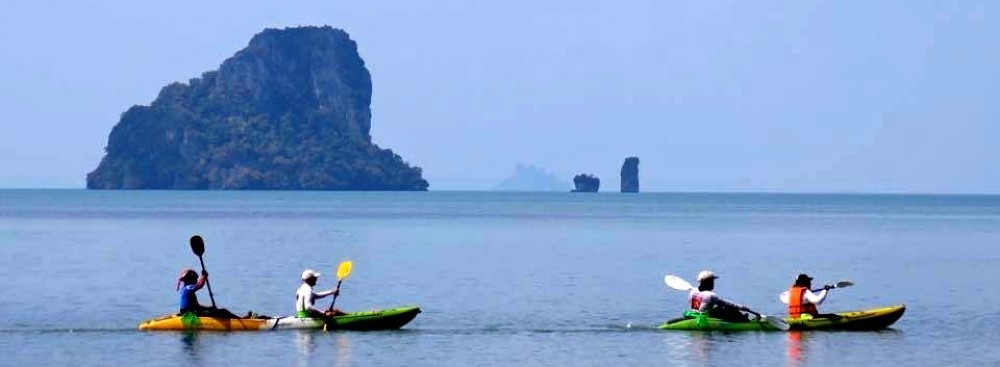We’d read a David Sedaris piece in the New Yorker about his addiction to his FitBit, never imagining it would be something we’d enjoy. With his humor you never quite know where the humor steps beyond the reality, especially when he was talking about quadrupling that 10,000 step benchmark recommended for daily health. (Click on the link if you want to enjoy his FitBit exploits). Funny thing is, it isn’t too hard to double or even triple that benchmark goal on a day’s hike, when you’ve got all day, plus a lunch of salami, bread and cheese.
All the reviews written about the Apple Watch say there isn’t a “killer app” out yet but every geek comments on how they’re getting far more exercise, because like with the FitBit buzz when you hit 10,000 steps, they get a similar feeling when the Watch reaches it’s target. There’s a lot of focus and emphasis these days, besides our not so subtle encouragement to get outside, to increase daily exercise.
At the end of each day, and truth be told often times during the day, we’re eager to read just how many steps we’ve logged. Our goal hasn’t been to set any step or mileage records, just to finish each day’s hike with enough pleasure, visual memories and energy to do it again the next day. And now we’ve happy to say we’ve hiked the Via Alpina across Switzerland, as well as the Haute Route.
What’s astonishing is what thirty days’ hiking amounts to in steps. Here’s Stanna’s FitBit log for the last month
Younger Next Year. Trouble is we probably ate all those calories calculated by the algorithm as well. Especially when we celebrated with a large pot of fondue and mountain of meraguine.
































 Off on another “Birthday Hike” in Switzerland. The kitchen “gear” scale has been utilized full-time this week paring down weights of containers, tops, shoes, etc. Since we only tote day packs it’s tight when some of us have 3 pair of shoes, but if you average the two packs we’re still within the 10# range.
Off on another “Birthday Hike” in Switzerland. The kitchen “gear” scale has been utilized full-time this week paring down weights of containers, tops, shoes, etc. Since we only tote day packs it’s tight when some of us have 3 pair of shoes, but if you average the two packs we’re still within the 10# range. You can always see where we are by clicking on our Spot Location on the blog main page, and we recommend changing the view to Satellite in the right-hand corner of the map.
You can always see where we are by clicking on our Spot Location on the blog main page, and we recommend changing the view to Satellite in the right-hand corner of the map. Spot is a GPS location beacon that records our track every 10 minutes. We’ll try and keep it activated each day we’re hiking
Spot is a GPS location beacon that records our track every 10 minutes. We’ll try and keep it activated each day we’re hiking
























